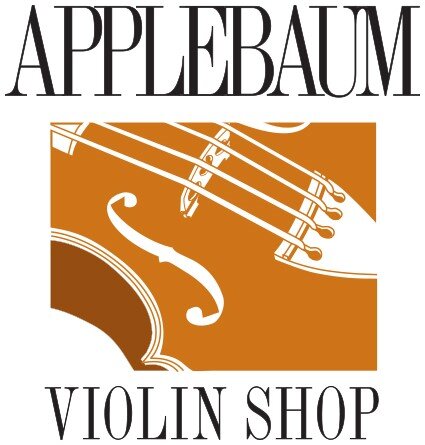
When in need of repair, a good instrument deserves the highest quality of professional care. No matter the scale of damage or restoration needed, the objective is to restore the quality of sound, playability, appearance and value. At Applebaum all repairs and restorations are performed by trained luthiers who approach their craft with the highest respect and wisdom that only years of experience can bring.
FAQs
-
There are maintenance items that musicians regularly take care of themselves. Tuning, cleaning, and keeping the bridge straight are normally handled by the musician or the young musician’s parents.
Beyond these tasks, and if there is any question regarding the instrument, it is recommended that you come into the shop for advice. It is all too easy to ruin a valuable instrument or bow by using the wrong glue or by performing unskilled work. We seem to spend a lot of time undoing and fixing amateur “repairs;” sometimes there is no remedy for these problems. Rest assured that we will recommend shop repairs only if they are necessary or could improve the sound or playability of the instrument, and if the cost is justified by the value of the instrument.
We try to approach repair work the way you would want your doctor to deal with medical problems: by looking at the entire situation. Even if you come in asking only for a new bridge, we will try to understand why it has become necessary, and what other changes should be made at the same time, so as to receive the most benefit from the new bridge. We will ask about the level of the player, the kind of music he plays, and the repair history of the instrument. We will work with you to explain the possible solutions, and then listen carefully to what you tell us.
-
Our luthiers have had extensive training and experience; and we also try to stay abreast of current innovations in technique. We are capable of virtually every level of work from new pegs to neck resets, soundpost patches, neck grafts, and arching corrections. The work will be done in accord with the highest standards, and as invisibly and artistically as possible. We like to say that if we replace wood on a damaged corner, the owner should not, afterwards, be able to tell which one it was.
